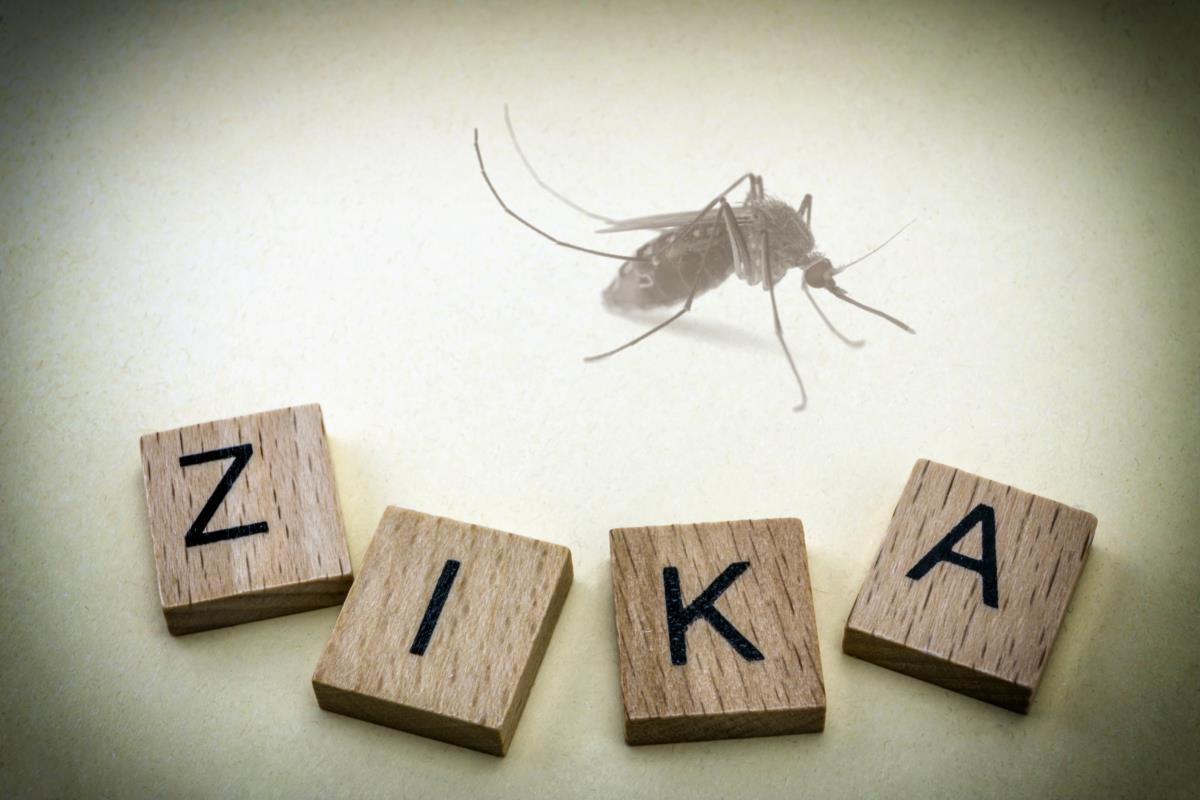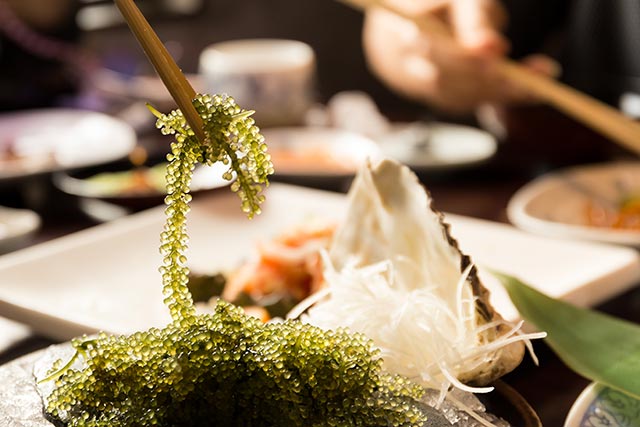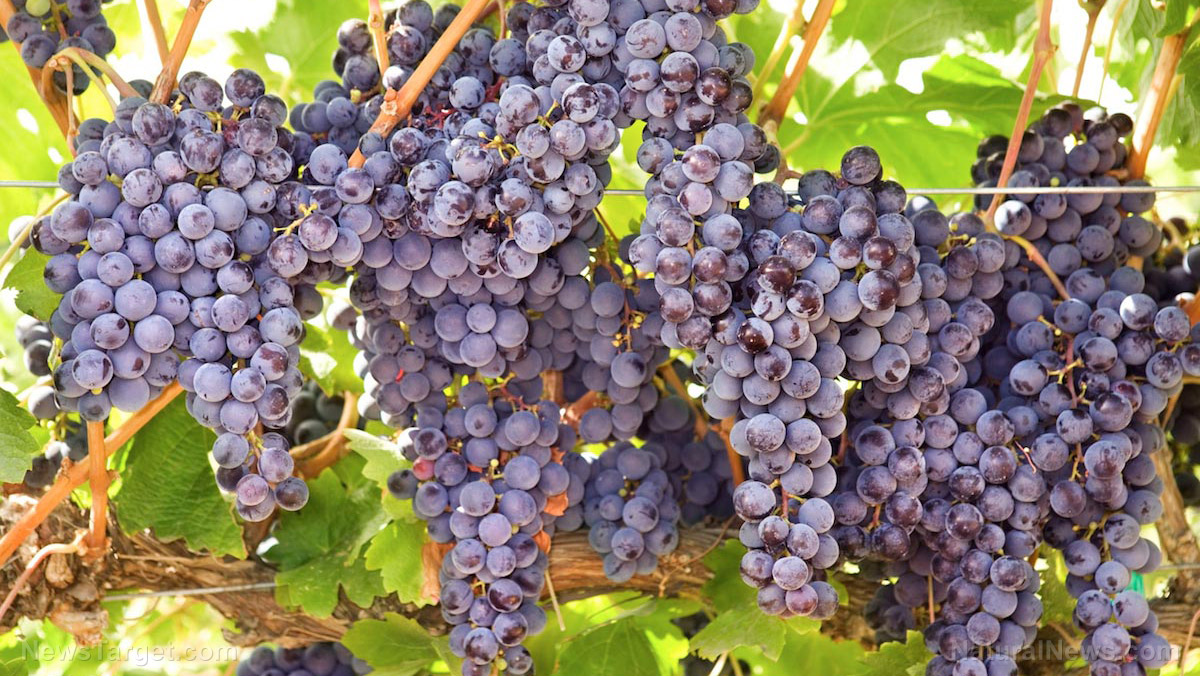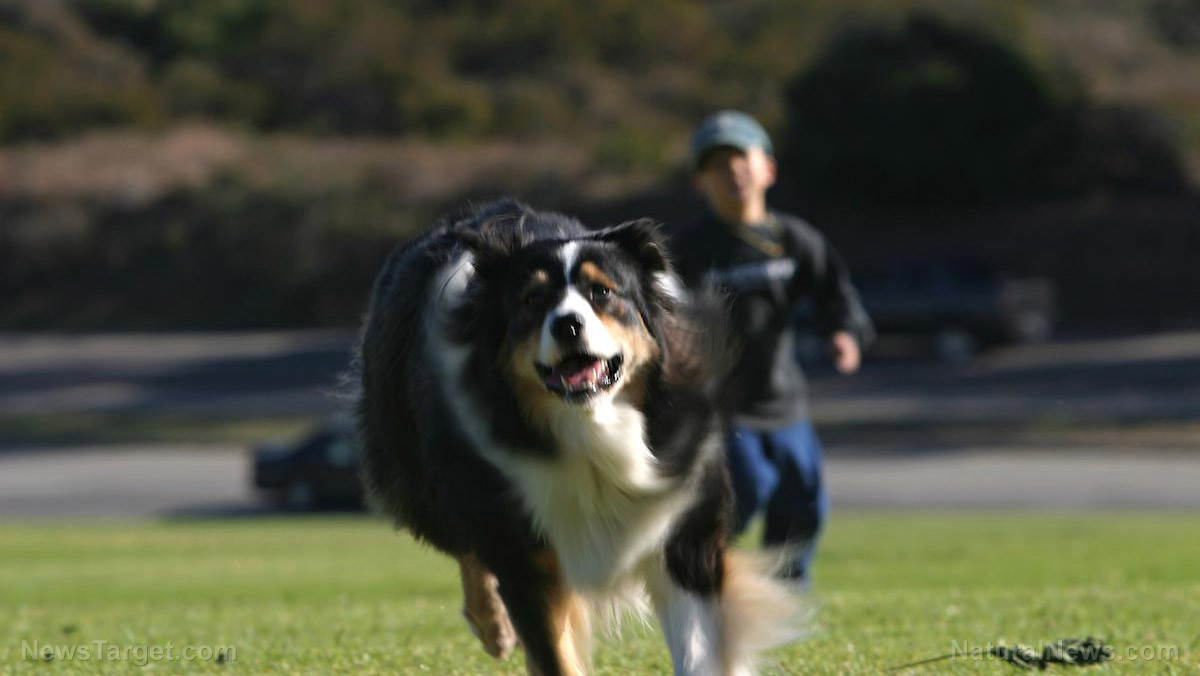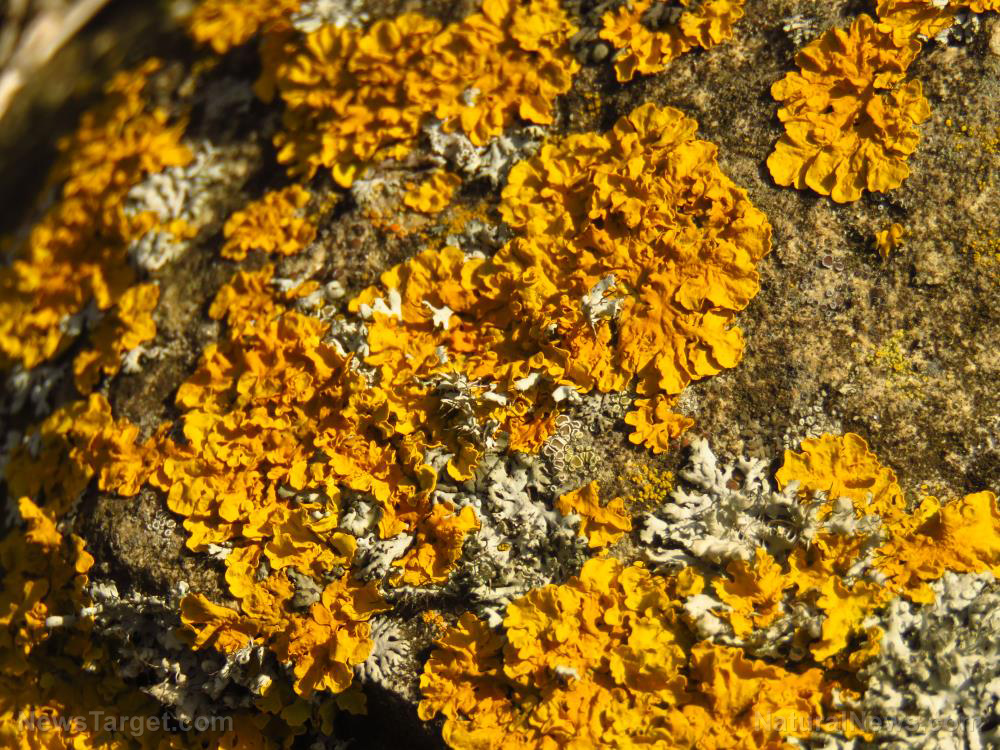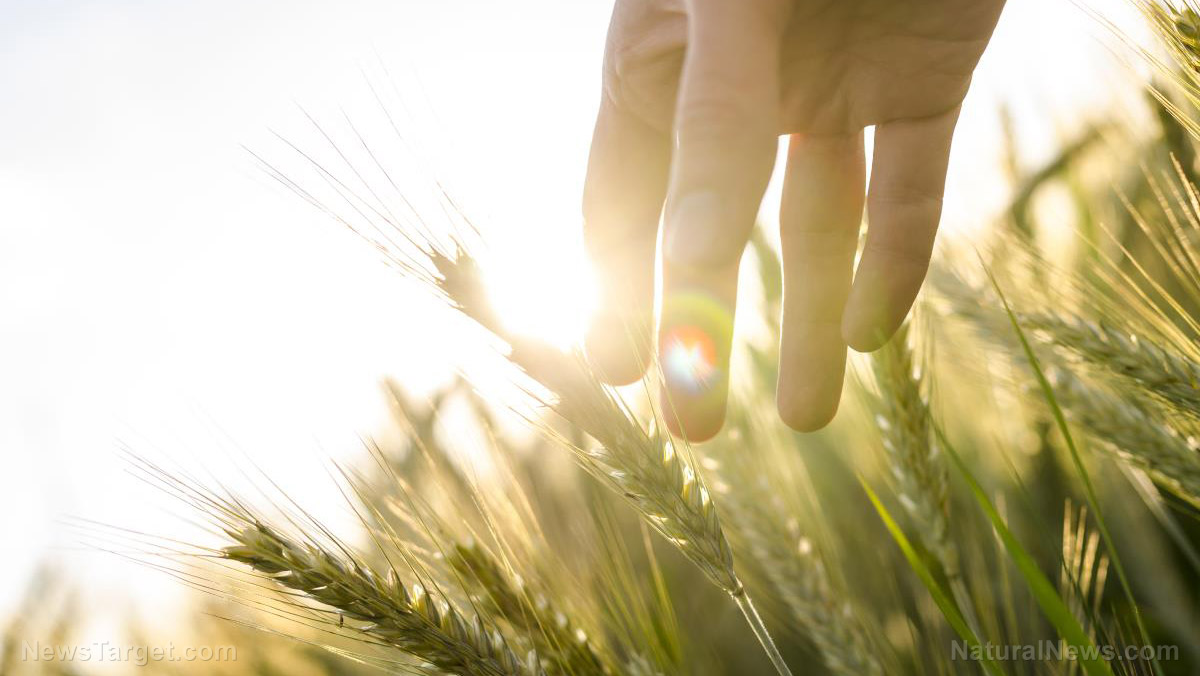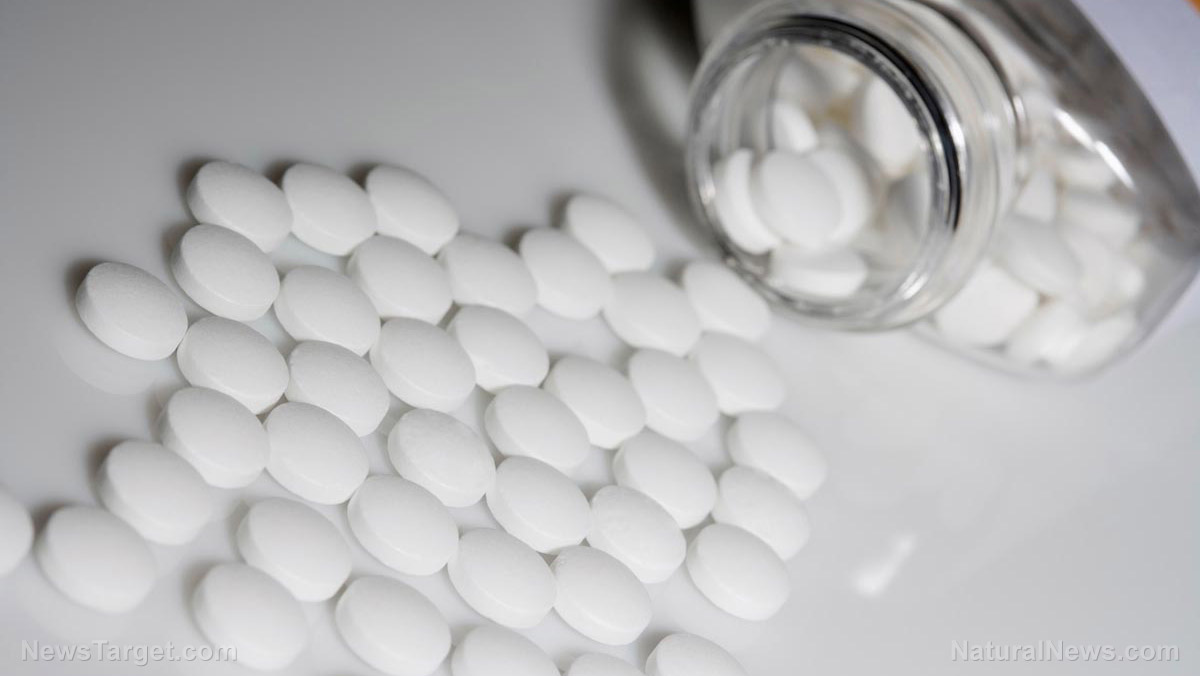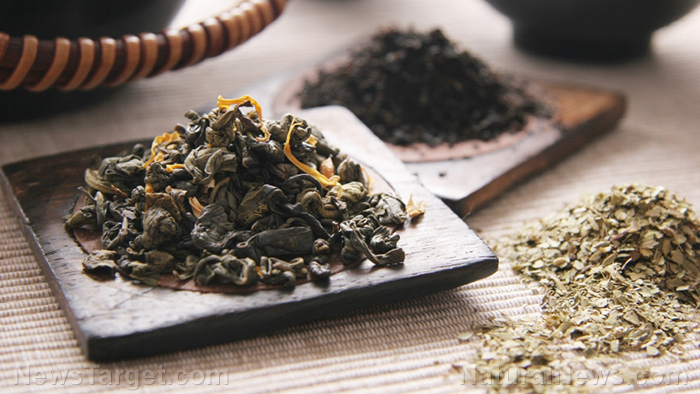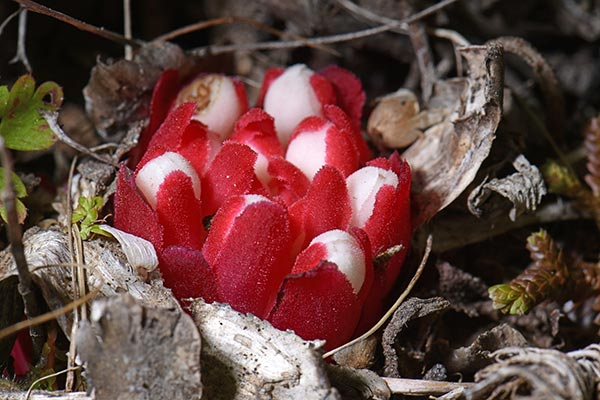Cannabidiol treatments found to offer relief for PTSD patients
12/18/2019 / By Evangelyn Rodriguez
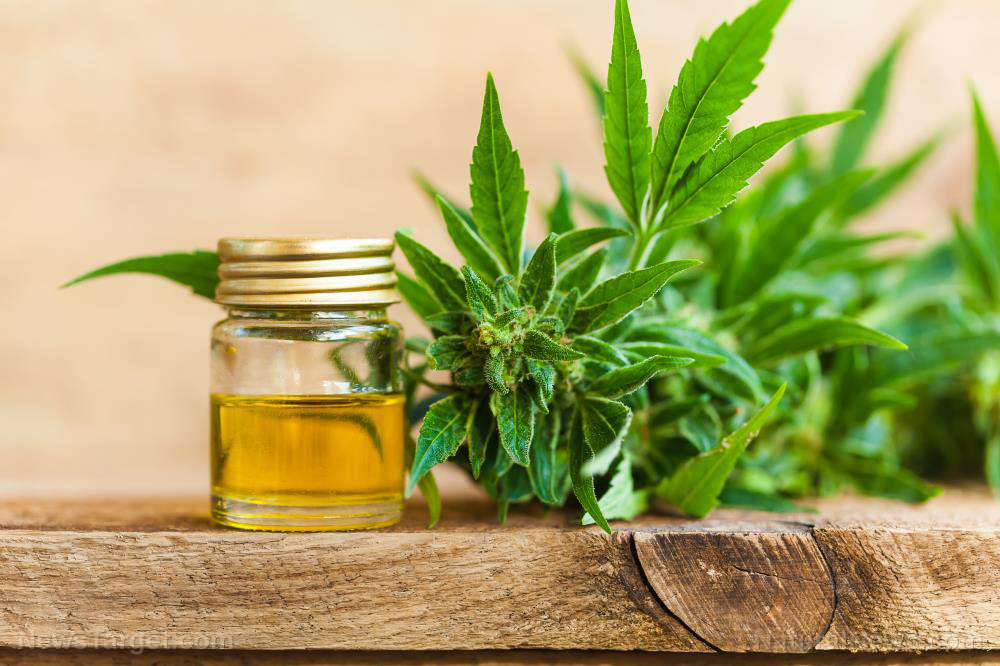
In this study, researchers from Colorado examined the clinical benefit of cannabidiol (CBD) for patients with post-traumatic stress disorder (PTSD). Their results were published in The Journal of Alternative and Complementary Medicine.
- CBD is a non-psychotomimetic cannabinoid found in plants from the genus Cannabis.
- Recently, CBD has attracted interest due to its potential to address a number of neuro-psychiatric conditions.
- Pre-clinical studies show that CBD has a beneficial effect in rodent models of PTSD.
- This effect is believed to be due to the action of CBD on the endocannabinoid system.
- To further examine this, the researchers looked at the effect of oral CBD administration on the PTSD symptoms of 11 adult patients at an outpatient psychiatry clinic.
- The patients received CBD as part of an open-label, flexible dosing regimen from a mental health professional. They also received routine psychiatric care, including concurrent treatment with psychiatric medications and psychotherapy.
- The researchers assessed PTSD symptom severity every four weeks using patient-completed PTSD Checklist for the DESM-5 (PCL-5) questionnaires. Treatment lasted for eight weeks.
- The researchers reported that 91 percent of the patients given CBD experienced a decrease in PTSD symptom severity, as evidenced by a lower PCL-5 score after eight weeks than at baseline.
- The mean total PCL-5 score decreased by 28 percent at the end of the treatment. CBD was well-tolerated and no patients discontinued treatment due to side effects.
- In addition, CBD offered relief in a subset of patients who reported nightmares as a PTSD symptom.
Based on these results, the researchers concluded that oral CBD treatment combined with routine psychiatric care can help reduce PTSD symptoms in adults.
Read the full study at this link.
Journal Reference:
Elms L, Shannon S, Hughes S, Lewis N. CANNABIDIOL IN THE TREATMENT OF POST-TRAUMATIC STRESS DISORDER: A CASE SERIES. The Journal of Alternative and Complementary Medicine. 09 April 2019;25(4):392–397. DOI: 10.1089/acm.2018.0437
Tagged Under: alternative medicine, cannabidiol, CBD, herbal medicine, Herbs, mental health, natural cures, natural medicine, phytonutrients, PTSD, remedies, research, stress relief
RECENT NEWS & ARTICLES
COPYRIGHT © 2017 RESEARCH NEWS

